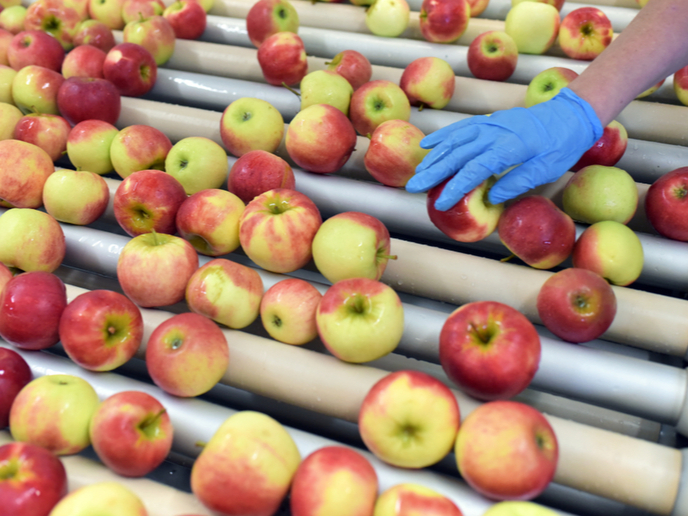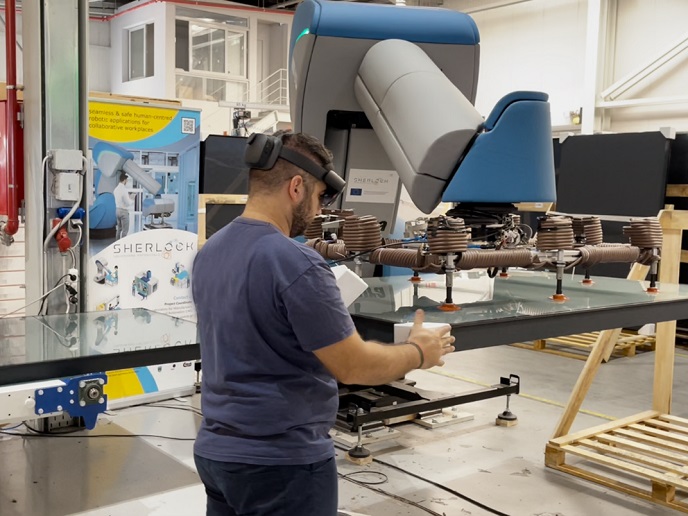Soft hands help to solve a hard problem in robotics
Factory robots can easily pick and place regular objects that are presented to them in an orderly fashion. However, grasping and manipulating irregular objects, such as jumbled parts in container bins, raw food and waste sorting, has proven to be a difficult problem to solve. The EU-funded SoftHandler project sought to build a commercially viable prototype of an industrial system, one that works with pliable manipulators which conform to objects of different size, shape, weight and strength. “Our idea was to prove whether it was possible to have an industrial gripper exploit the idea of softness for doing operations in an industrial environment, especially where you need to pick and move objects randomly placed on a tray, and put them in another box or tray. This is something that happens very often in producers and warehouses,” says project coordinator Antonio Bicchi.
Reducible complexity
The project stems from previous work carried out by Bicchi and his team. “In the original grant, SOFT HANDS, the idea was to address a problem in the design of artificial hands,” he explains. This work focused on resolving a difficult problem in prosthetics and robotic manipulators: how to mimic the complexity and dexterity of a human hand, which has 19 degrees of freedom, while keeping the part robust and simple to operate. “For many years, people in the community tried to design hands that were able to approximate what a human hand could do,” notes Bicchi. “Notwithstanding, we had very few if any artificial hands that were used in the real world, either in industrial applications or in prosthetics.” In industrial settings, highly articulated manipulators need to be reprogrammed for each new application, in accordance with the object they’ll be interacting with. Bicchi says this is costly and prevents these manipulators from being more widely adopted. Part of Bicchi’s solution was to focus on movement primitives: groups of muscles that work in concert, producing complex action through simple impulses. “If you use those primitives, you can do 90 % of grasping operations with only one or two controls,” observes Bicchi.
Softer, better, faster, stronger
Bicchi and his colleagues at the Italian Institute of Technology then sought to build on this success with soft manipulators. “The human body is compliant, it takes in part the shape of the environment,” explains Bicchi. Their system builds models of the objects to be grasped, which are compared to the object as it is felt by the manipulator. The more the model differs from the reality, the tighter the manipulator grasps the object. This improves upon existing systems which use machine vision to categorise objects, as these struggle in suboptimal lighting conditions and with heterogenous objects. The soft manipulators are also more robust than complex mechanical grippers. “We proved it is possible to manipulate objects much faster with our method,” says Bicchi. The work was supported by the European Research Council. “This was absolutely crucial, and gave me the freedom to venture in a new direction, very different from what most other groups were doing, and from what we had done for 20 years,” adds Bicchi. The work has since been spun out into a commercial firm, qbrobotics, which aims to produce hands for industrial robots based on these principles and designs.
Keywords
SoftHandler, soft hand, manipulator, robotics, industrial, primitives, degrees of freedom







